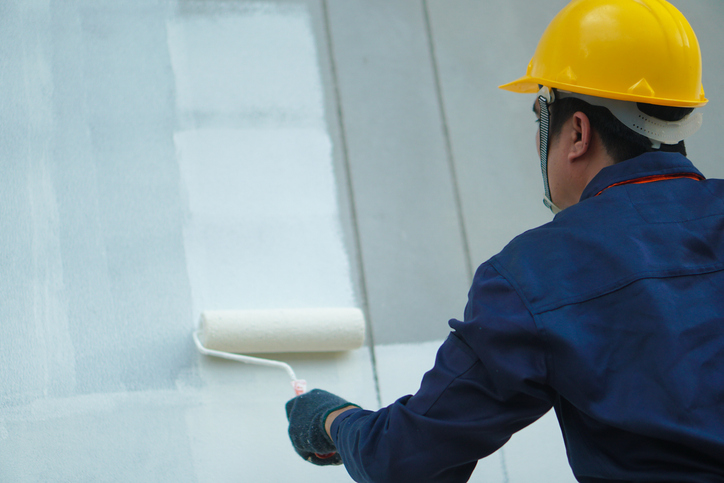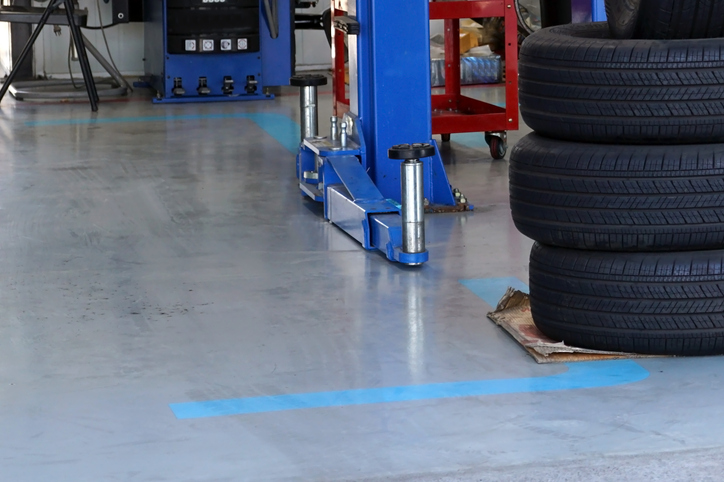Introduction
When it comes to protecting wood surfaces—whether it’s a deck, siding, fence, or trim—homeowners often face the big question: stain or paint? While both serve decorative and protective functions, they demand very different maintenance routines. The choice between the two depends not only on the look you’re going for but also on how much long-term upkeep you’re willing to handle. Some love the rustic, natural appeal of a rich stain that soaks into the wood grain. Others prefer the solid color and coverage that only paint can provide. However, the real contrast becomes clear as the seasons pass. Let’s break down the difference between stain and paint in terms of maintenance, so you know what to expect before committing to either option.
Stain vs. Paint: Know the Maintenance Needs
1. Surface Penetration vs. Surface Coverage
Stain penetrates deep into the wood fibers, bonding below the surface and preserving the natural grain and texture. Because it absorbs into the material, the stain tends to wear away slowly and evenly rather than peeling off. This makes maintenance less labor-intensive and typically requires minimal prep work. Paint, in contrast, forms a layer that sits atop the wood. While it provides stronger protection against elements like UV rays and moisture, it’s more prone to cracking, bubbling, and peeling over time. When failure begins, it often comes off in flakes, requiring scraping, sanding, and priming before repainting. In the staining versus painting debate, how each product interacts with wood determines both the longevity of the finish and the maintenance workload.
2. Frequency of Maintenance
Another key difference between paint and stain in terms of maintenance is how often they need attention. Stain generally needs to be reapplied every 2 to 3 years, depending on the product type and exposure to sunlight and moisture. However, this refresh can often be done with minimal prep—usually just a light cleaning and recoat. Paint typically lasts longer, with high-quality exterior paint offering up to 5–10 years of durability. But when it reaches the end of its life, maintenance becomes much more demanding. Repainting often means stripping loose paint, sanding rough edges, priming bare wood, and applying multiple coats for coverage. If you prefer shorter but easier maintenance cycles, stain may be a better option. For those who’d rather go longer between updates—even with more labor-intensive upkeep—paint might appeal more.
3. Weathering and Fading Over Time
Over time, both finishes react differently to the sun and moisture. Stain fades in a more natural and consistent way. Its gradual wear makes wood appear aged but intact, with very little flaking or peeling. This keeps reapplication simple and efficient. Paint, especially in darker shades, tends to fade unevenly. UV rays can cause a chalky film on the surface, while rain and humidity may lead to bubbling or peeling along the edges. Once that happens, restoring the surface becomes more difficult. One of the clearest contrasts in the stain versus paint debate is that stain wears down gently, while paint can leave behind a rough, uneven look.
4. Prep Work Before Reapplication
Preparation is another major distinction between the two. When the stain starts to fade, re-staining often involves a quick power wash and light sanding before applying a fresh coat. The minimal prep allows most homeowners to complete the job over a weekend using basic tools. Paint, however, typically requires extensive scraping and sanding to remove peeling or cracked layers. The surface might also need priming and caulking, especially if gaps or damage have developed. This longer process can make repainting more labor-intensive and may even require help from residential house painters. So, when evaluating the differences, think about whether you prefer a quick refresh or a more involved restoration.
5. Cost and Long-Term Labor
At first glance, stain may appear cheaper, and it often is per gallon. However, the need to reapply it more frequently adds up over time. Still, the labor is minimal, which keeps the long-term costs manageable. Paint has a higher upfront cost—not only in materials but in prep supplies, brushes, and possibly labor. However, since it lasts longer, you may spend less frequently. The catch? When it’s time to repaint, the job is more involved, and if you hire professionals, the bill will reflect that. This brings another dimension to the upkeep differences between staining and painting—paint might offer fewer applications over time, but those applications will cost more in labor and effort.
Stain and paint both serve as strong choices for protecting and beautifying wood, but their maintenance needs are far from equal. Stain offers a quicker refresh cycle with easier prep, making it suitable for homeowners who want regular touch-ups without heavy work. Paint delivers longer-lasting protection but requires greater time and effort when it’s time to redo. Understanding the difference between stain and paint in terms of maintenance helps you make the right decision for your budget, schedule, and personal preferences. Before choosing one over the other, think about how much labor you want to commit to, now and in the future.
Conclusion
Explore the difference between stain and paint with expert insight from Noel Painting Services. Call us at (813) 406-3196 today to schedule a consultation and upgrade your home’s finish the right way.
📌Noel’s Painting Services – Trusted Experts in Fast, Reliable Interior & Exterior Painting









